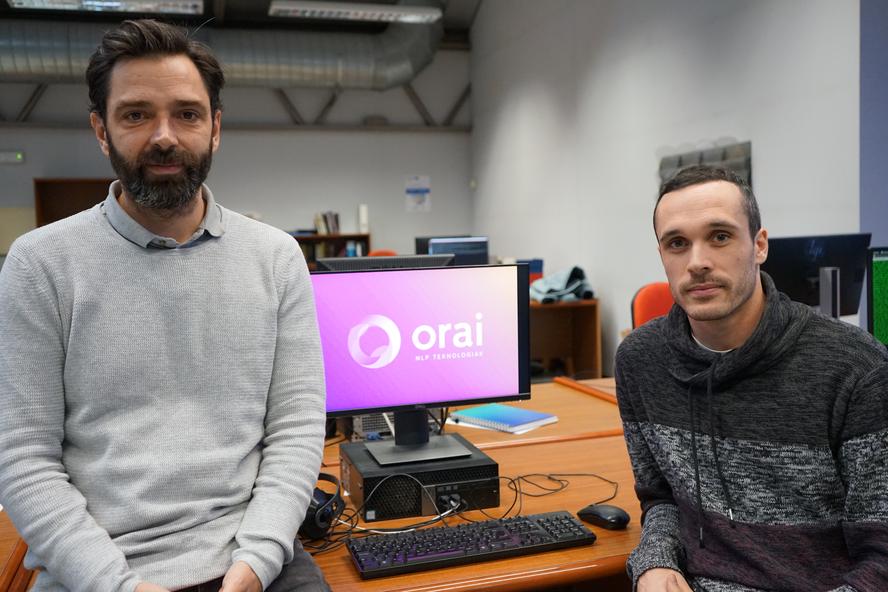They create a novel technique for correcting gender bias in machine translation.
Orio researchers have created a novel technique to correct gender bias in machine translation. The result of this research will be very useful in correcting the problem that automatic translators have, especially automatic translators that enable translation of languages without gender.
Gender bias is a known problem in the field of artificial intelligence. As most algorithms learn from examples, they also learn the social biases and stereotypes present in the introductory examples. So the systems that learn from these algorithms tend to repeat this bias.
Neural machine translation systems also have this problem and lead translations to the gender bias that appears in training examples. For example:
My mother is herrera. My mother is blacksmith.
My father is a nurse. Nire aita is a nurse.
The massive use of machine translation systems carries the risk of maintaining and increasing this type of gender bias. The management of the problem of gender bias is not easy, let alone when the translation is made from a language without gender, such as the Basque language. Orai has researched and developed an innovative technique for non-gender languages.
The proposed technique combines two methods: “Learning biased neural systems from balanced examples, a method to correct this bias, and a method to explicitly incorporate gender information into the neural system in a non-gender language,” said Orai researcher Ander Corral Naves.
In addition, “the technique created is computationally agile and its integration into production systems is not complex,” said NLP Tecnologia de Orai, Xabier Saravia Urizar. “This is an important step: thanks to this technique we are closer to automatic translation without gender bias.”
This work was presented at the Seventh Conference on Machine Translation (WMT22).






